SPRINGTIME BEAUTY UNDER THE FULL MOON
Yesterday, at the end of a warm, sunny Saturday, I drove a couple of kilometers to the port of Liznjan and then a little less than a kilometer further to the fields and meadows of the area called Palera.
The night wasn't far when I arrived, so I had little time to find something interesting to photograph while enjoying the evening atmosphere. Fortunately, the season of abundance provided more than enough attractions. In less than an hour, I caught all I'm presenting in today's post.
This is a portrait of the plant commonly known as the shepherd's purse. The scientific name of the species is Capsella bursa-pastoris.
These dry stems and seed pods created a nice contrast with the surrounding greenery.
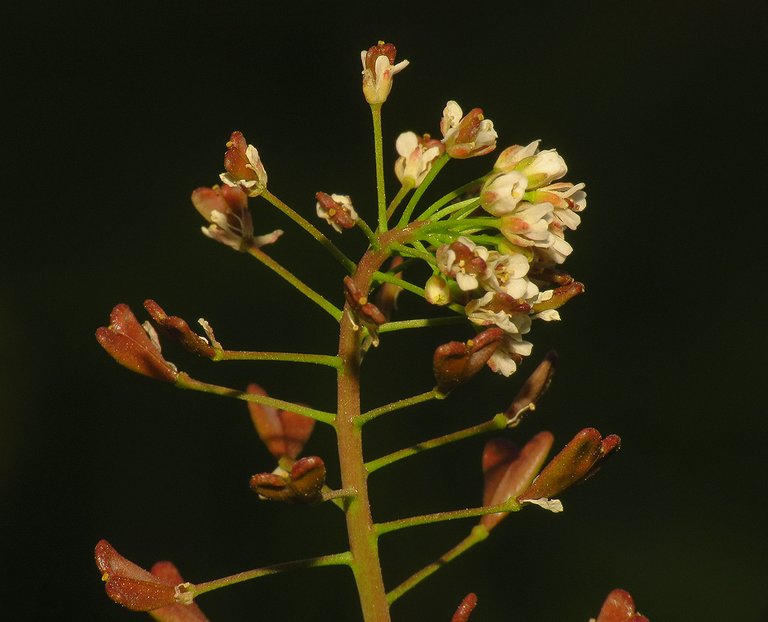
Here, you can see the shepherd's purse flowers situated on one of the still fresh and vital stems, while in the following photograph ...
... the focus is on a single heart-shaped seed pod seen through the macro lens.
You can see more of the same in this tryptich. More Capsella bursa-pastoris surrounded by juicy green vegetation.
As the night approached, many moths started appearing on the scene.
In this photograph, I managed to get a bit closer to the insect after a bit of sneaking.
This is the Plutella xylostella, commonly known as the Diamondback Moth, a small species from the Plutellidae family. The color and markings can be slightly different from individual to individual in this species. This series of three shots, taken while I was trying to see how close to the moth I could get, shows a relatively pale, uniformly colored Plutella xylostella. You'll see a slightly different moth of the same species a bit later in the post.
The first thing that caught my attention after stepping out of the car ...
... was this lovely trio of showy red poppies. The conditions for photographing in natural light were still relatively favorable, but it was getting darker very fast.

Here, you can see the unpaved road that leads through the fields and meadows. The photograph was taken about half an hour later.
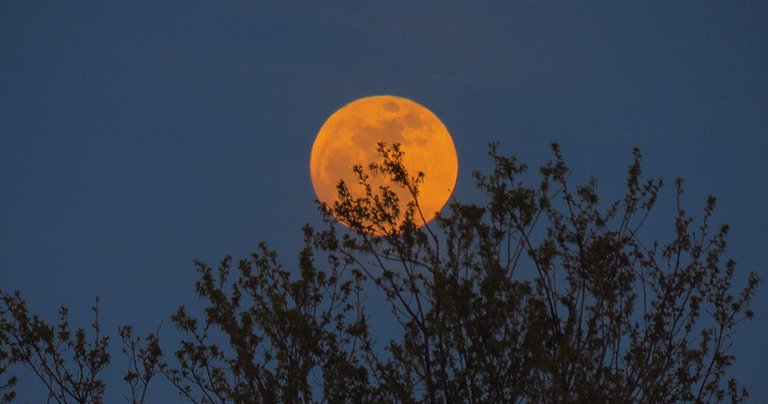
At that point, the rising moon looked like a big juicy orange grown at the top of the mulberry tree.
Many tiny Scaptomyza pallida flies from the Drosophilidae family were scattered all across the meadow, but I photographed only one of them for this post.
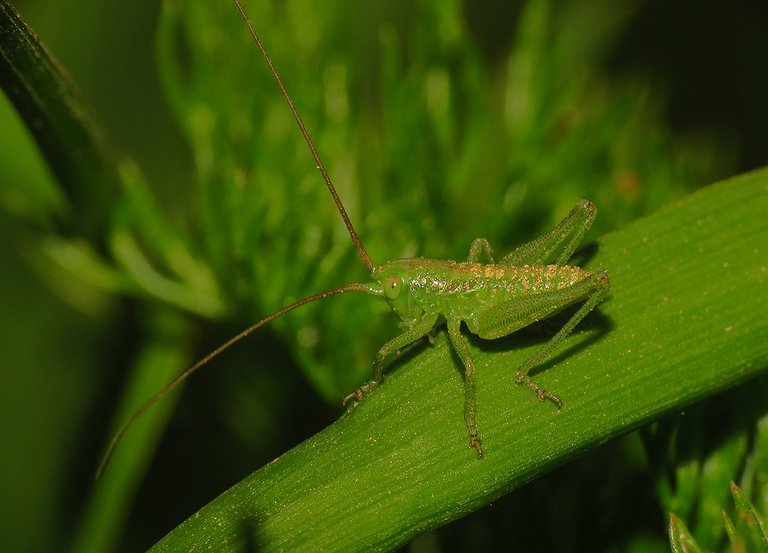
Here, you can see a small, well-camouflaged bushcricket nymph. This is the very young version of the Tettigonia viridissima bushcricket. Tettigonia viridissima, commonly known as the great green bushcricket, is one of the biggest insects in this area. It is hard to see the connection between the tiny wingless nymph and the big, robust, winged adult at first sight.
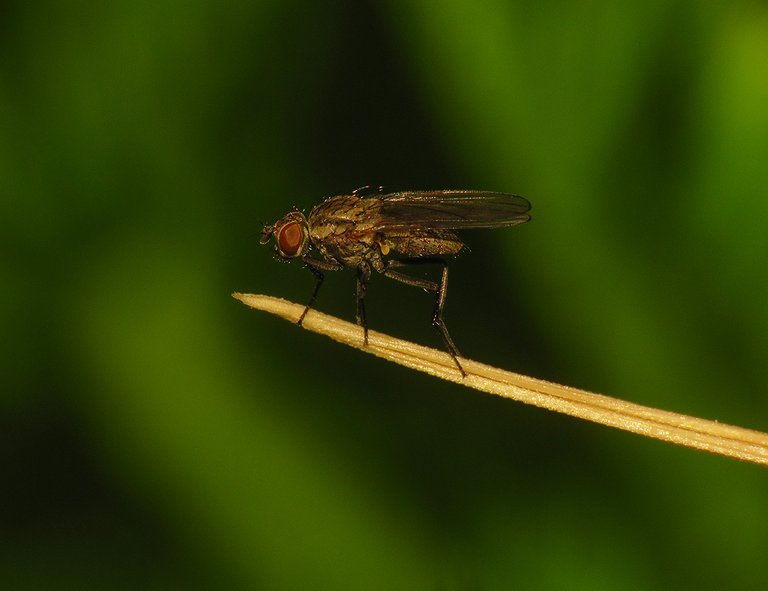
This slightly bigger fly belongs to the Anthomyiidae family. The name of the species is Delia radicum.
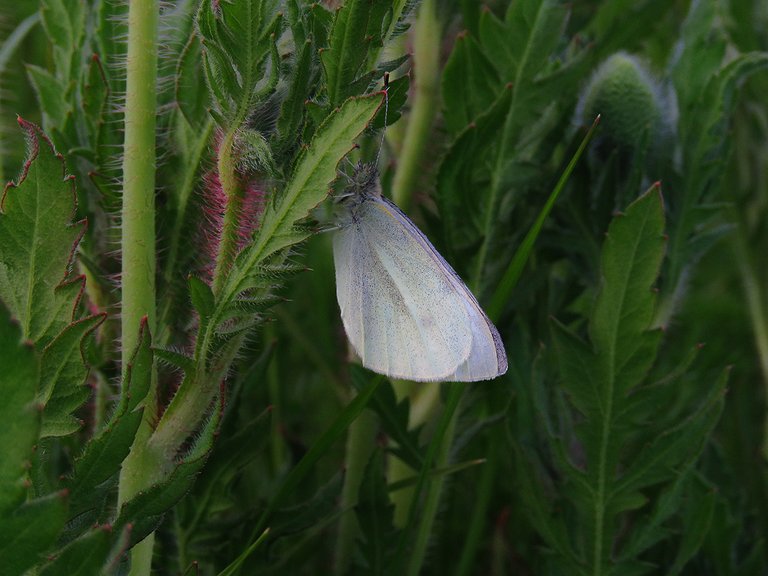
Here you can see a cabbage white butterfly ...

... resting on the common poppy (Papaver rhoeas) plant.

The scientific name of this very widespread, easy-to-encounter butterfly species is Pieris rapae.
When I managed to get very close to the resting insect, I took two slightly different shots from the same place and the same angle. The picture on the left shows the scene illuminated with the small, built-in flash of my camera, while in the one on the right, you can see the same thing in the low natural light.
Not far from there, less than a meter, I suppose ...
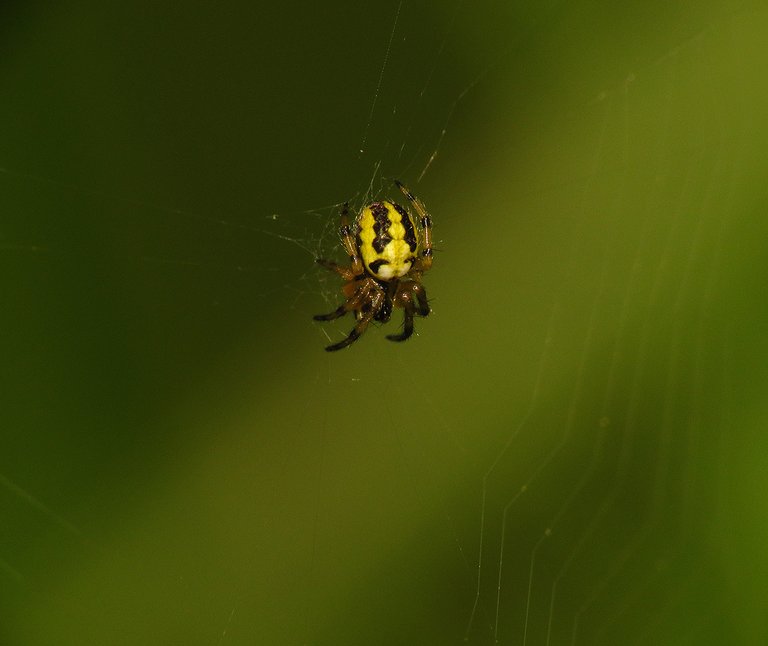
... a tiny spiderling was hanging upside-down in the center of its orb.

This is the juvenile Neoscona adianta, a species from the Araneidae family.
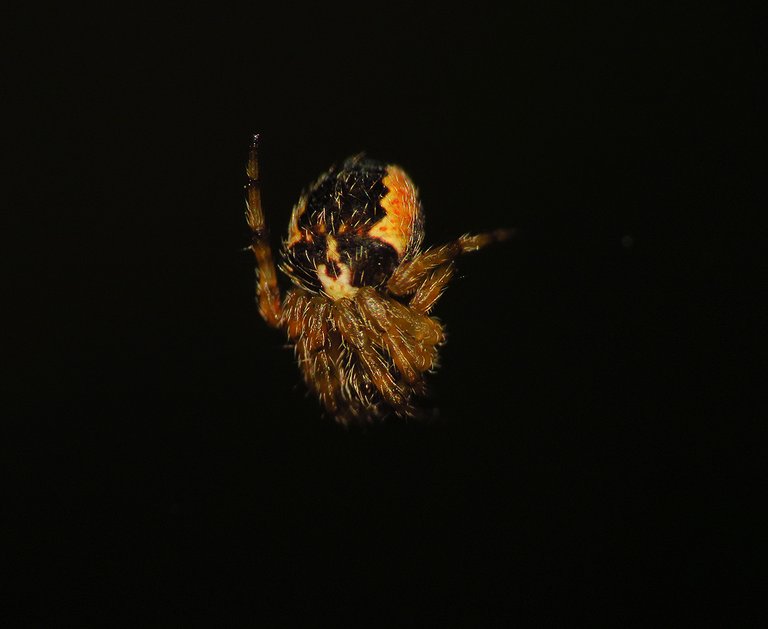
A bit later, I came across another spiderlng. It certainly belongs to the same Araneidae family, but in this case, I can't tell you the name of the species.
Do you remember the poppies I photographed upon arrival in Palera? I photographed them again about fifteen minutes before leaving the place. I used the flash this time to make the flowers in the foreground of this wide shot stand out in the evening scenery. This is probably the photograph that shows the overall atmosphere the best. What a beautiful evening it was. The birds were singing all around me. I haven't felt so inspired to explore and photograph for quite some time.
This is the Plutella xylostella again. The diamondback moth. In this and the following photograph ...
... a small part of the moth's wings is hidden by a leaf situated a bit closer to the lens of my camera.
It took me a bit of time and patience to slowly get in a better position that led to a better photograph. When I tried to get a bit closer ...
... the insect changed its pose.
This photograph shows a bigger chunk of the plant on which the moth was resting.
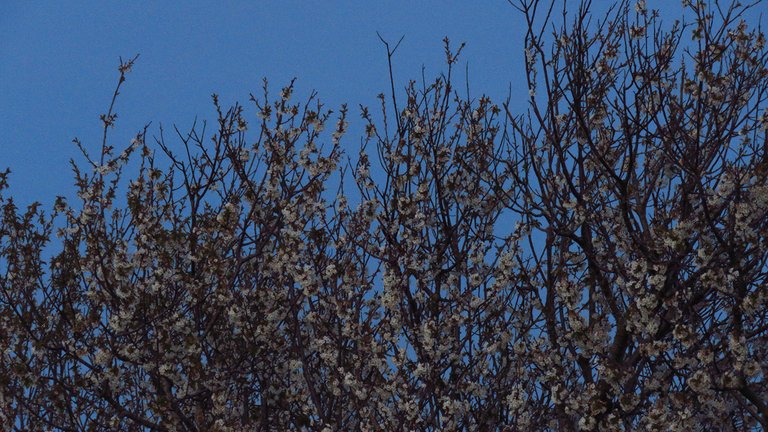
Here, you can take another short break from the macro view. The only wild cherry tree in the area is currently in bloom.
In this close-up shot, you can see the small flowers of the Calepina irregularis plant
Here, you can see yet another portrait of the diamondback moth.
In this series of photographs ...
... the tiny Plutella xylostella was photographed from an angle that shows its pretty cute, cartoonish face.
The pose evokes a bird sitting on a twig.
And that's it. All I prepared for today is written, uploaded, and ready to be published.

The following links will take you to the sites with more information about some of the protagonists of today's post. I found some stuff about them there.
https://en.wikipedia.org/wiki/Capsella_bursa-pastoris
https://en.wikipedia.org/wiki/Diamondback_moth
https://en.wikipedia.org/wiki/Scaptomyza_pallida
https://en.wikipedia.org/wiki/Tettigonia_viridissima
https://www.inaturalist.org/taxa/466703-Delia-radicum
https://en.wikipedia.org/wiki/Pieris_rapae
https://en.wikipedia.org/wiki/Neoscona_adianta
https://en.wikipedia.org/wiki/Orb-weaver_spider
https://en.wikipedia.org/wiki/Papaver_rhoeas
https://www.inaturalist.org/taxa/159649-Calepina-irregularis
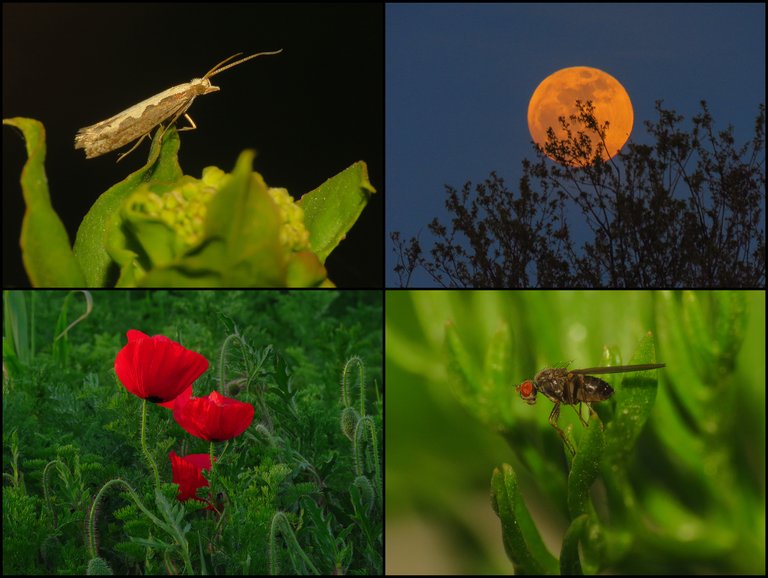
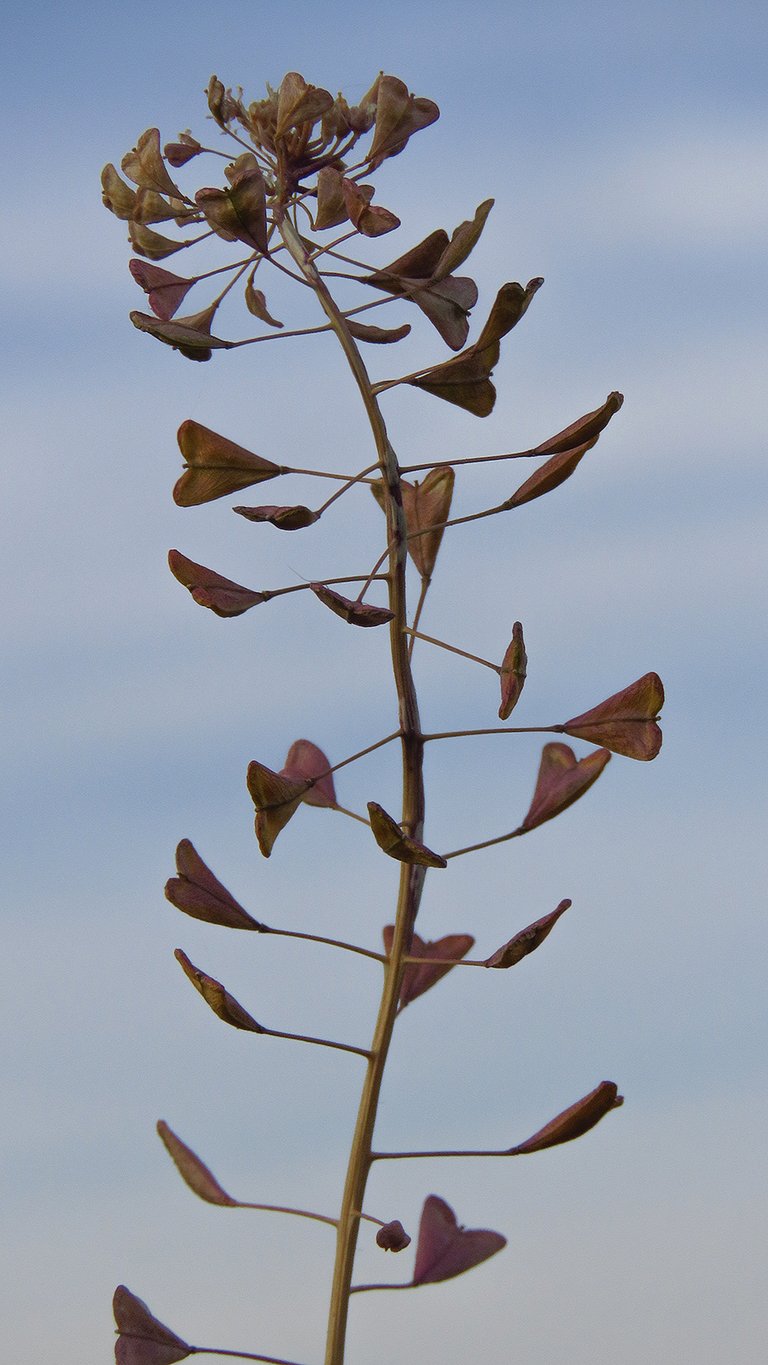

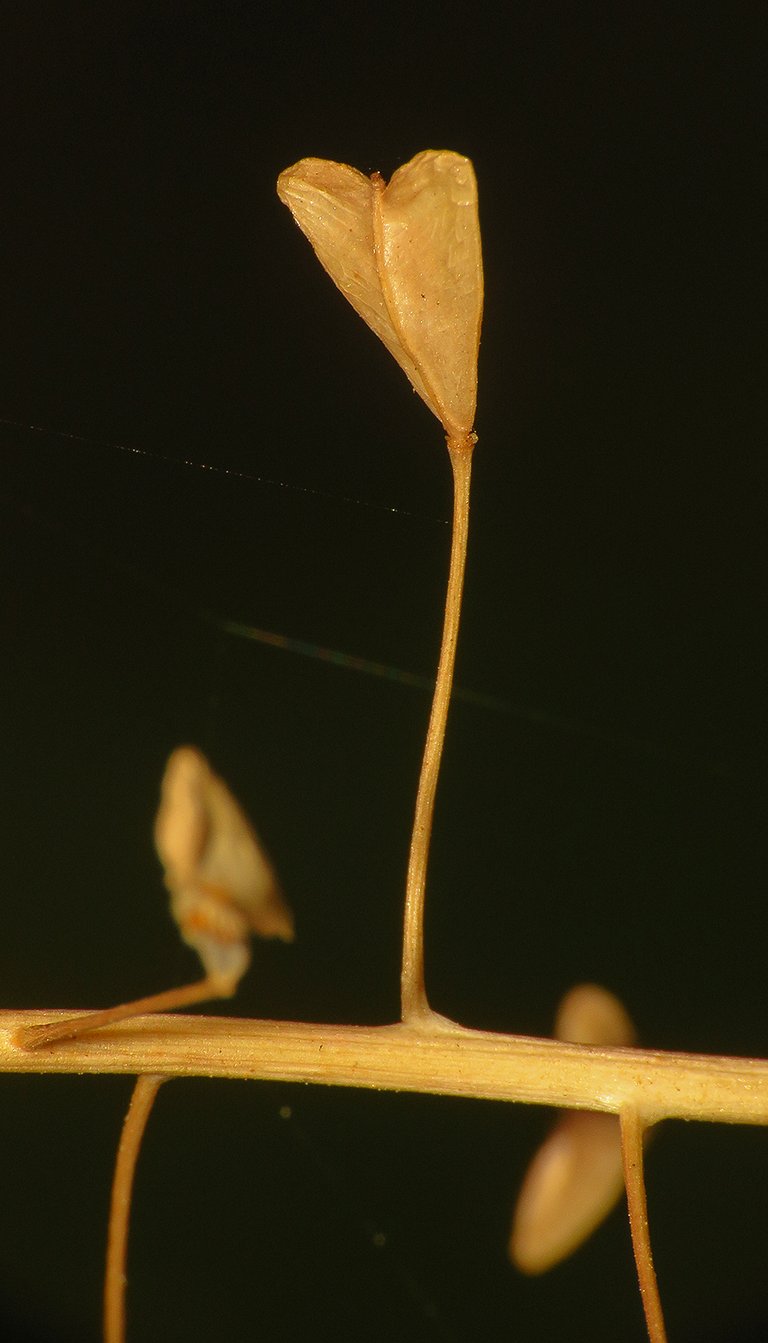


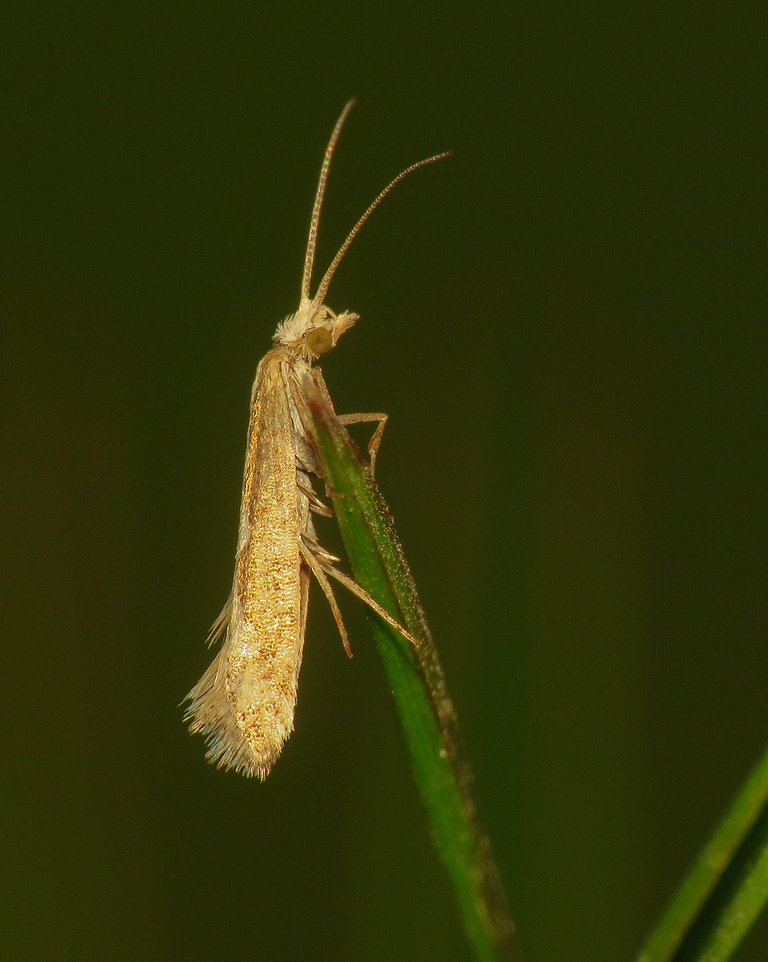
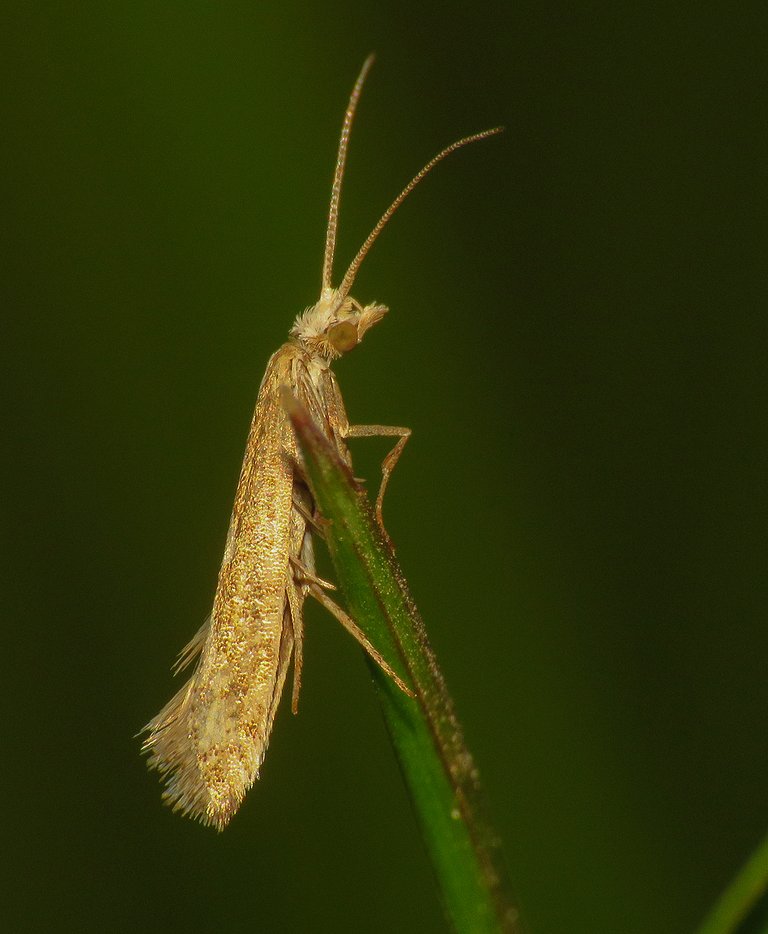
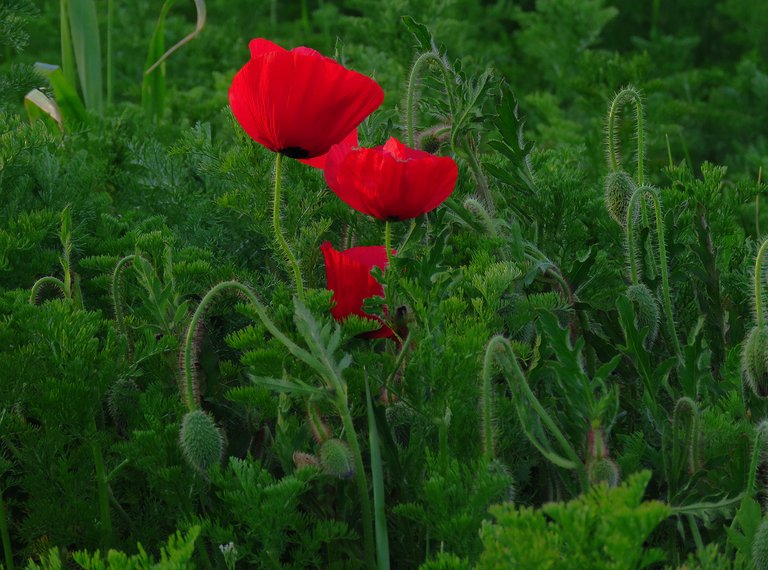
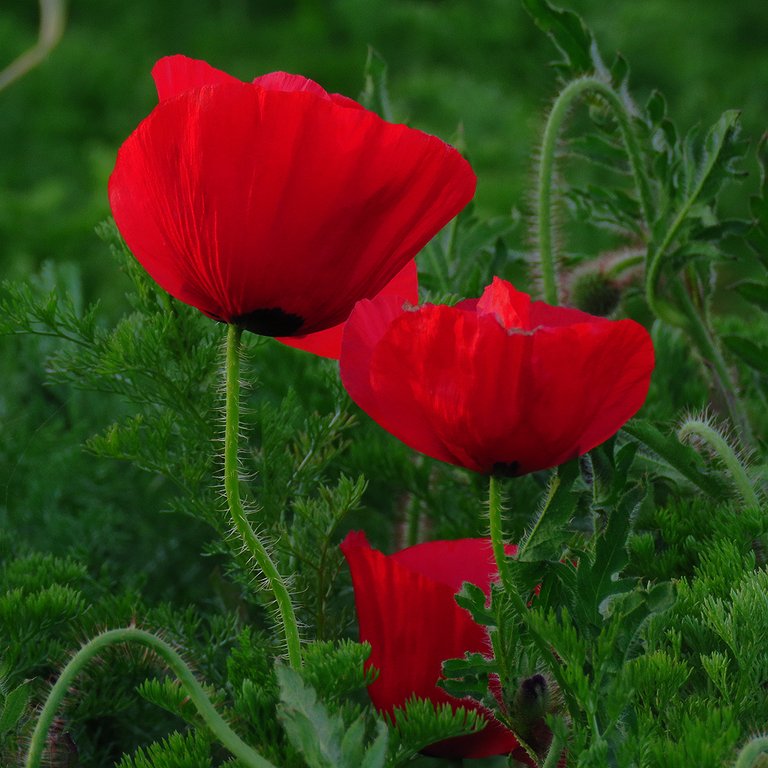



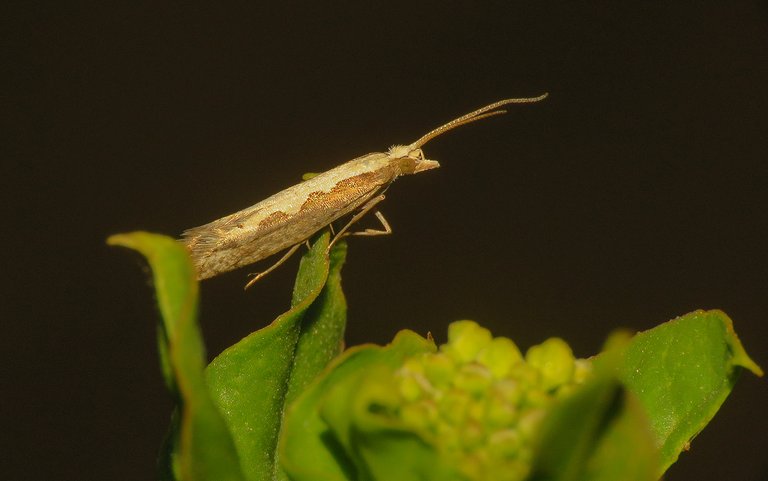

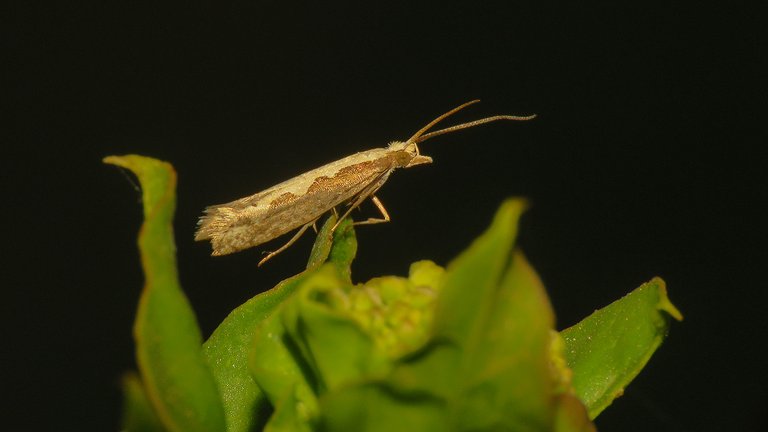
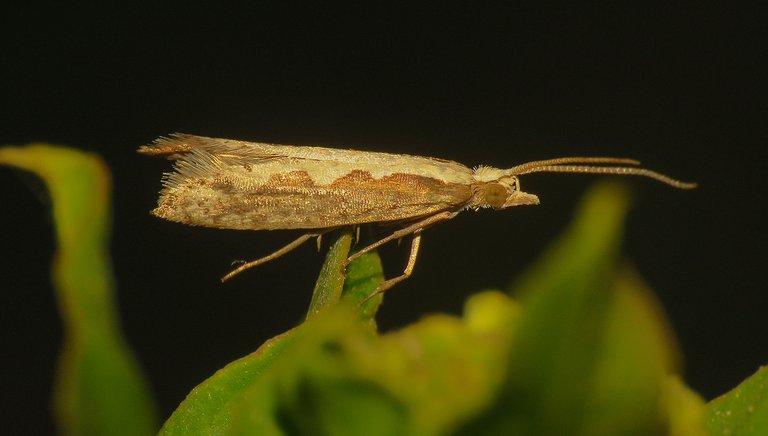
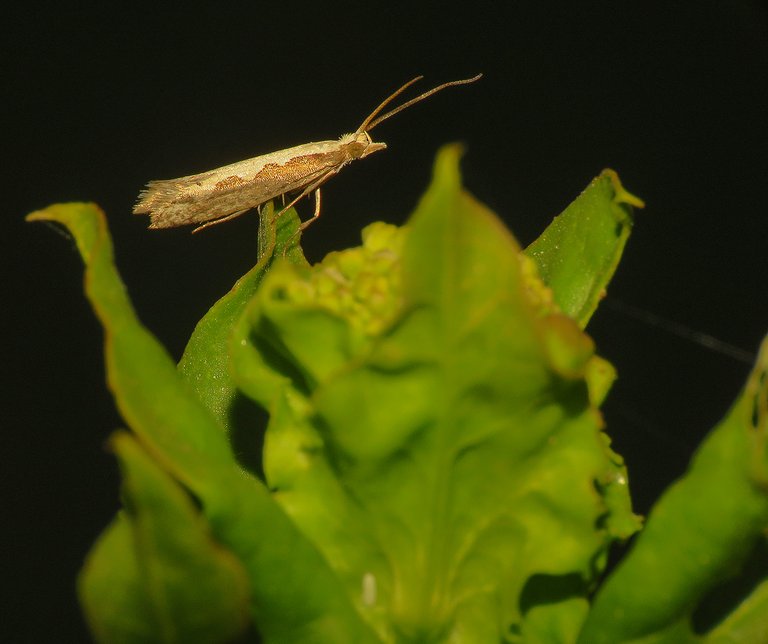
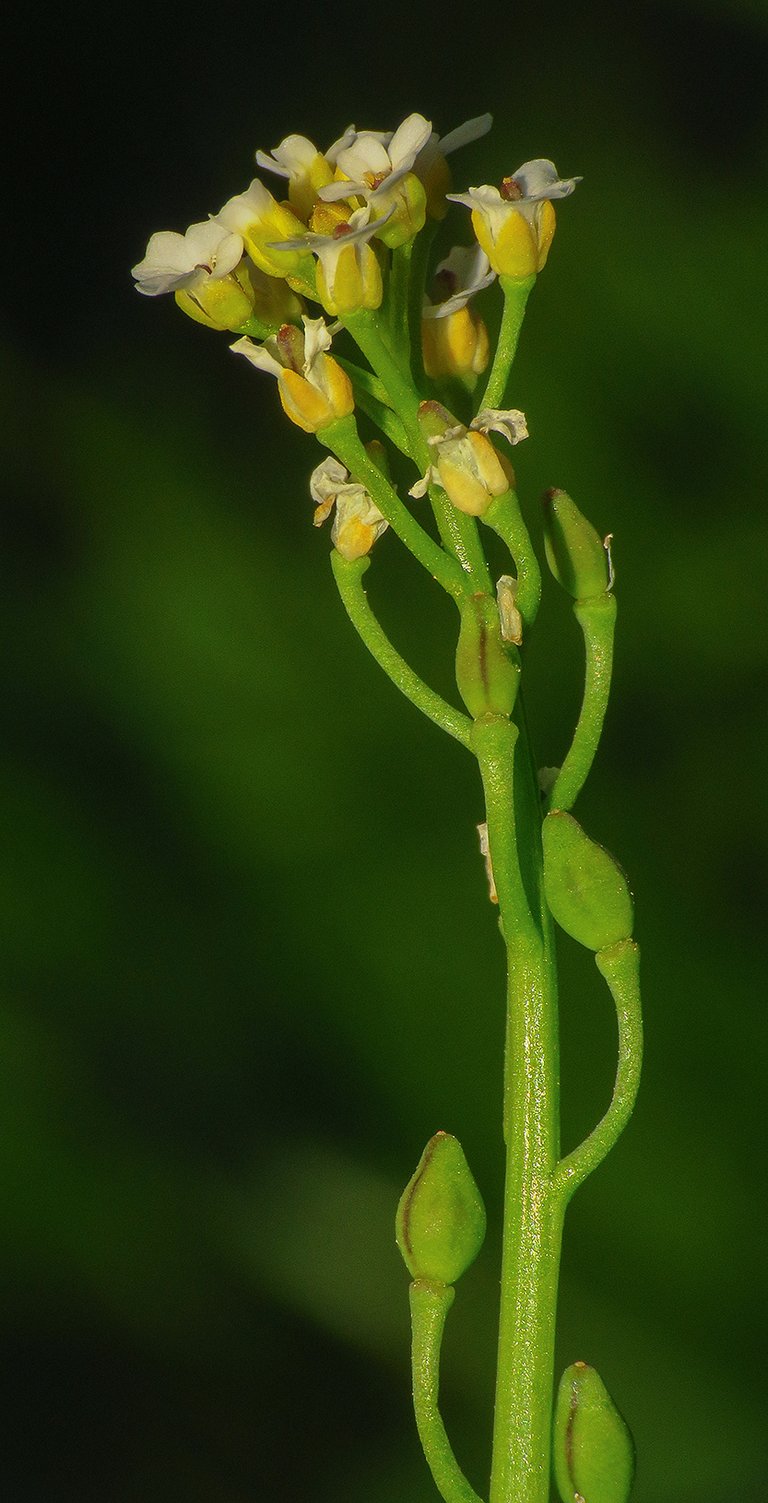

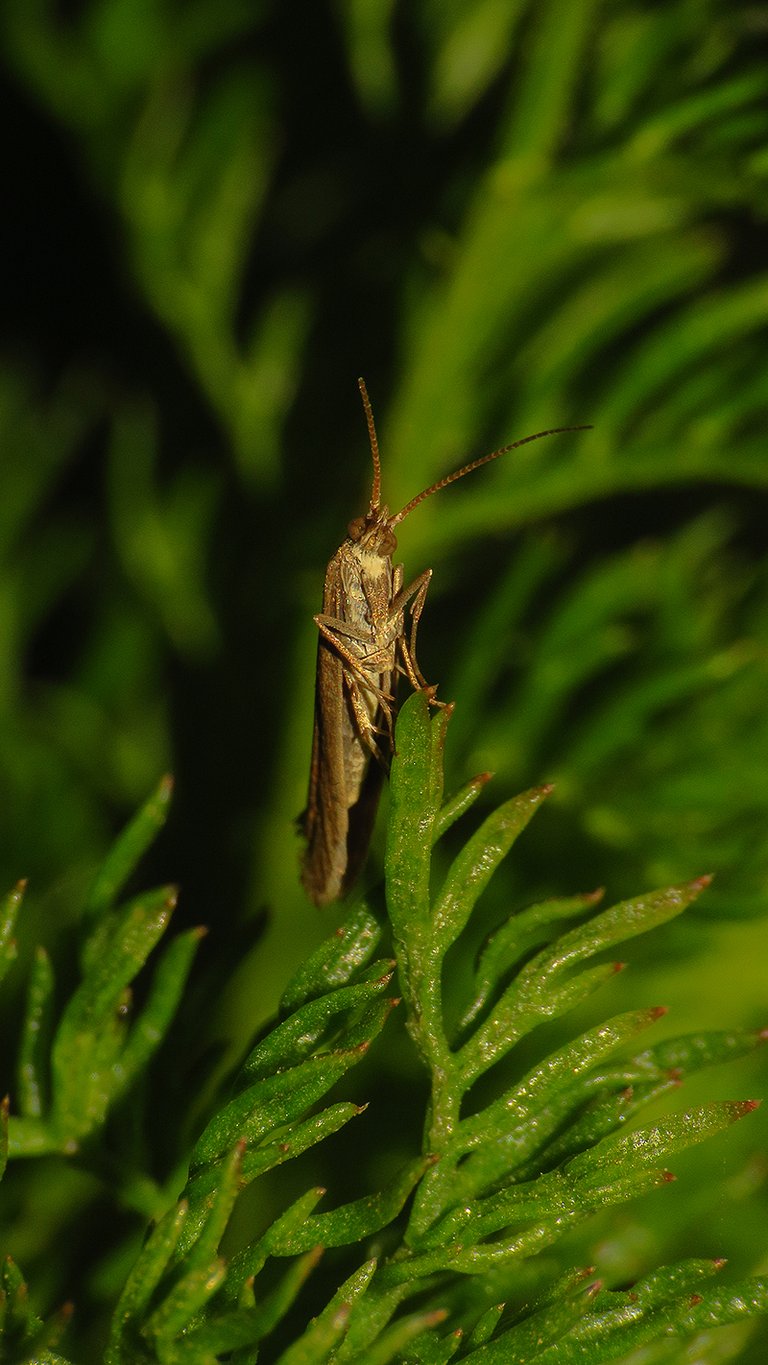
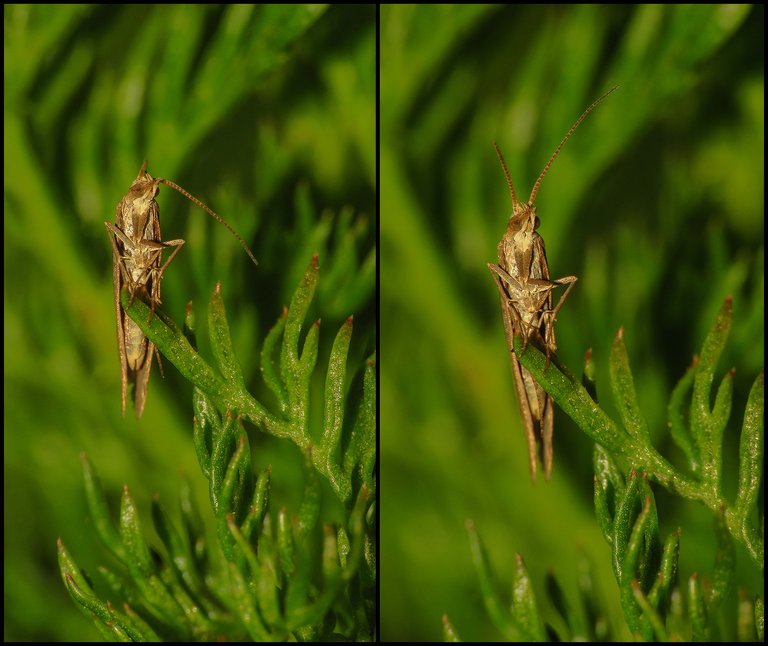

@tipu curate
Upvoted 👌 (Mana: 51/61) Liquid rewards.
How are you, dear friend @borjan?
What beautiful photographs! The shots of the poppy flower and the moon are incredible.
You live in a place full of natural charm.
Have a beautiful Sunday.
🙂
very beautiful photo shoot.
Thank you. 🙂 Glad you like the post.
You received an upvote ecency
The flowers are actually really looking so beautiful if you will ask me
In short, some amazing spring photography, full moon being one of them. You have shown many beautiful elements of nature very beautifully through photography.
🙂
well done!
!discovery 35
This post was shared and voted inside the discord by the curators team of discovery-it
Join our Community and follow our Curation Trail
Discovery-it is also a Witness, vote for us here
Delegate to us for passive income. Check our 80% fee-back Program
Your new share balance will be effective in the upcoming prize pool draws from now on, forever and ever...
DrawMatic shares last a lifetime!
The more shares you own, the higher your chance of winning in each and every upcoming draw! 😎
Great job! Lots and lots of pictures, something for just about everyone. I personally love the poppy flowers, my mom used to grow them too around the house when I was a kid. Great shots on the insects, so many held nice and still for you. Awesome post!
🙂

Interest. But I do not like insects. Specialy if they can fly.
😃
Damn man, these photos are great. I'm amazed at how well you got these shots. I don't think I've ever seen these little bugs so close. My favorite though is the full moon. Looks amazing
🙂
Fact is whenever you see views and pictures like these you just want them to get imprinted on to your character. The more you see the beauty of nature, the more you want. But only one eyeful view is enough to make us feel content.
Stunning photography,
especially the one which has moon and tree branches on it. making it look perfect
As usual, you captured stunning photos. The tone used was perfect making the pictures exceptional.
🙂

Best time of year. Beautiful photo story! 👍
Fantastic photos! I wish you a happy Easter!
You know I'm honest, I'll tell you that I missed you, I missed the plants, the flowers but NOT the insects hahaha.
😂
Those are amazing shots 👍
🙂 Thanks.
Welcome
It's really very beautiful photography..You are undoubtedly a very good photographer.Anyone would be bound to like these. Thanks for sharing this lovely nature photography
Amazing photography skills you have and it’s super impressive. I love the animals and nature picture and that golden full moon is so therapeutic to behold. That’s for sharing all of these natures beauties
Thanks for the comment. 🙂 Glad you like these small details under the full moon.
I do
They are super lovely
Thank you so much for the support..🙏
It means a lot to me and I appreciate you 🙏